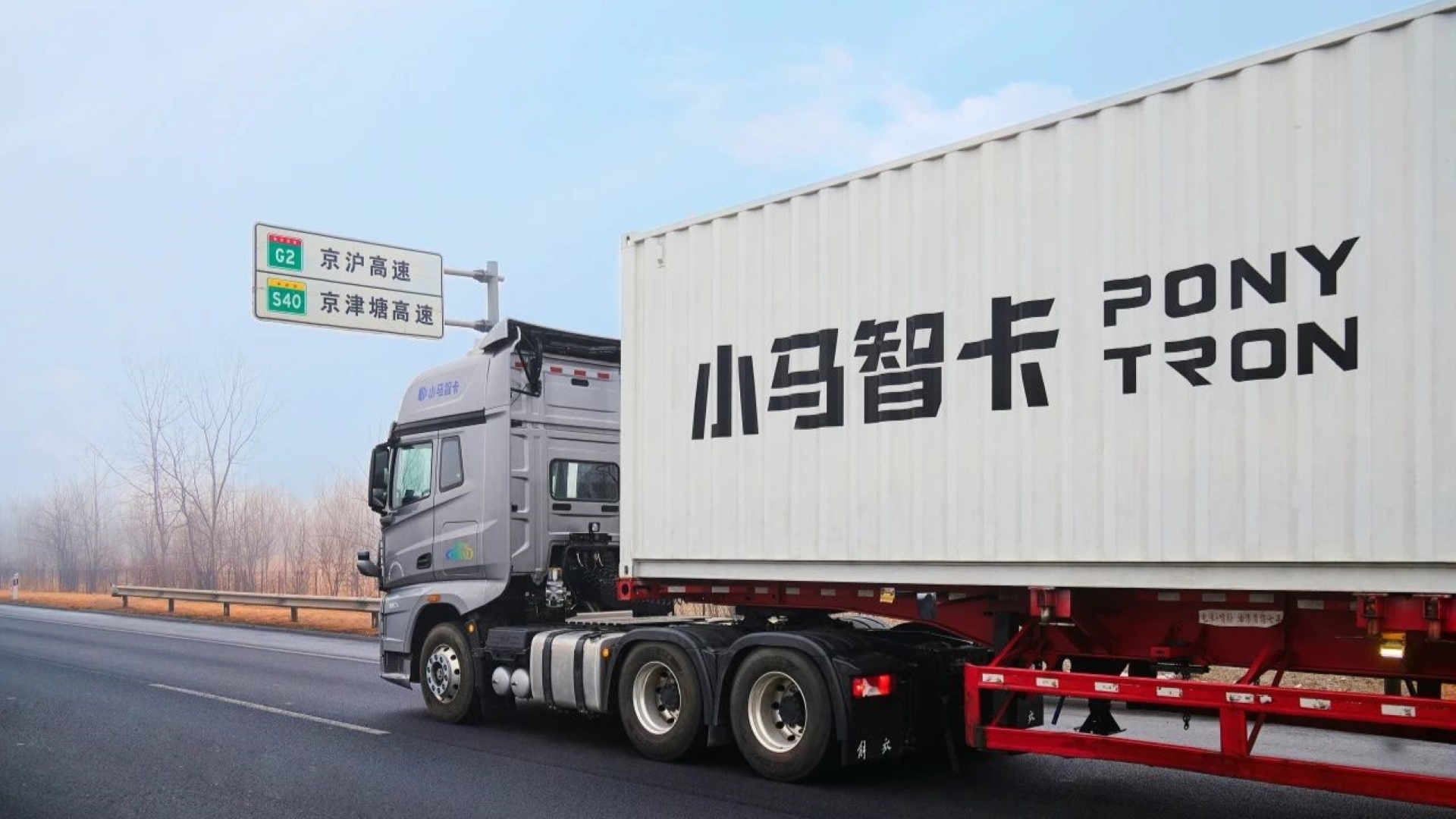Increasing Sales of Electric Trucks Threatens Use of Diesel in China
The rapid expansion of electric-powered heavy vehicles in China is being fueled by subsidies and the rapid deployment of stations.
This trend is further reducing diesel consumption and reducing oil demand in the world’s largest petroleum importer.
The surge in the sale of electric vehicles in China is a direct result of the recent increase in the popularity of LNG-powered heavy trucks and the popularity of electric automobiles.
These factors, in conjunction with the stalling of economic development, have impeded the growth of its oil consumption. The S&P 500 and Nasdaq saw new record highs, despite the moderate gains.
According to consulting firm Sublime China Information (SCI), sales in the world’s largest market for new energy vehicles are anticipated to have increased by 175% year-over-year to 76,100 in the first half of this year, which accounts for approximately one-quarter of all new truck sales.
Over 90% of that increase was attributed to electric models, which are still primarily employed for short-haul trips in terminals, mines, or steel mills.
Analysts have been taken aback by the rapid pace, which has led them to revise their diesel demand forecasts downward and to advance their predictions for a peak in Chinese oil demand.
The firm’s China diesel demand expectations were reduced by 1%-2% by SCI’s analyst Xu Lei in response to the surge in electric truck sales.
“The increase in electric heavy trucks was unexpected and has become a new factor that is likely to accelerate China’s oil consumption to its peak this year,” stated Ye Lin, vice president at Rystad Energy. Previously, he had anticipated a peak in 2026.
According to Rystad, the transit sector, which consumes approximately two-thirds of all diesel in China, will reduce its consumption by 40% by 2030, resulting in a 25% reduction in overall diesel consumption from 2024 levels.
According to SCI, diesel consumption is expected to decrease by 11.3 million tons, or 6.3%, this year, which is consistent with the decrease observed last year.
Li Shuai, who operates a cement facility in Hebei province near Beijing, transitioned to an electric vehicle six months ago after operating a diesel truck for over six years.
“The charging infrastructure has significantly improved in the past half year, resulting in a significantly more convenient experience,” stated Li, 38.
“It is even feasible to transport an empty truck over 2,000 kilometers from Beijing to Yunnan to retrieve goods without any concerns.”
The rapid expansion of charging infrastructure, particularly through industrial corridors, is facilitating adoption; however, there are still concerns regarding the limited availability of chargers in certain regions and the potential for 90-minute charge periods.
In March, Teld, a provider of electric vehicle charging infrastructure that has constructed over 2,400 truck charging stations throughout China, inaugurated an 800 km corridor that connects the provinces of Shanxi and Shandong.
This corridor is a critical route through the coal-producing region of the country.
In the desolate lot adjacent to the Hebei cement plant, car and truck chargers are situated side by side. The owner, Yongji Liu, had initially intended to exclusively service electric vehicles (EVs).
However, he stated, “The electric truck market is expanding at an unprecedented rate, so we have also installed chargers for trucks.”
Electric vehicles have the highest initial costs, but they have the lowest total lifecycle costs with subsidies.
The chart illustrates the purchase prices and lifecycle costs of electric, LNG, and diesel trucks over 1 million kilometers.
According to analysts and truck manufacturers, the expanding electric truck market is partially attributable to the government’s introduction of subsidies of up to 95,000 yuan ($13,264) for new vehicles and the availability of discounted electricity in July.
Diesel vehicles are initially less costly; however, they become costlier after driving one million kilometers due to their elevated fuel costs.
Diesel trucks are priced at approximately 2.25 million yuan ($314,000) at the million-kilometer mark, which is approximately 10% more expensive than LNG trucks and 15% more expensive than electric trucks, according to GL Consulting. This price includes fuel.
According to SCI analyst Wang Neng, the price advantage that LNG trucks previously possessed has been partially diminished by the increase in fuel costs.
This, in conjunction with the scarcity of refueling stations in certain regions, has impeded their expansion.
SCI anticipates that LNG truck sales will reach approximately 92,000 units in the first half of the year, a 15% decrease from the previous year. However, the increase in electric adoption is more than compensating for the negative impact on diesel consumption.
The growth potential for electric trucks is greater than that of passenger electric vehicles (EVs) due to the fact that reduced operating costs increase the profitability of corporate users, according to Sany (600031.SS), China’s second-best-selling electric truck manufacturer.
“We anticipate that electric heavy trucks will comprise 70% to 80% of new sales within the next two to three years, as a result of a more comprehensive charging infrastructure and reduced operating costs,” stated Zhaoting Yue, SANY’s vice president of international marketing.
news via inbox
Get the latest updates delivered straight to your inbox. Subscribe now!




